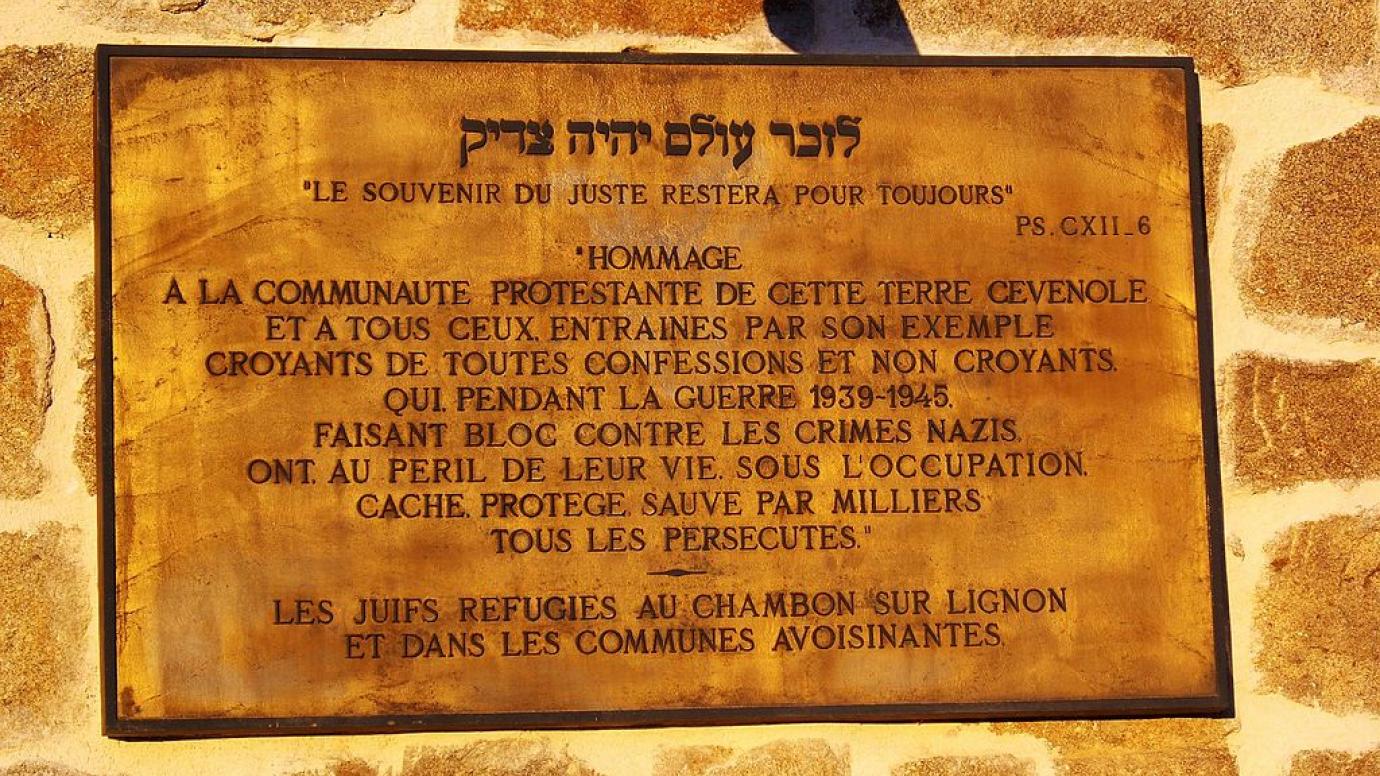Chambon-sur-Lignon is a memorial area opened in 2013 presenting the rescue operations provided by the locals during World War II. From December 1940 to September 1944 the inhabitants of Le Chambon-sur-Lignon and the villages of the surrounding plateau provided shelter for an estimated 3000 people of Jewish origin (including many children), as well as Spanish republicans, anti-Nazi Germans, members of the French resistance and others.
The site consists of an interpretative/history trail on various resistance activities against the Nazis during WWII. It includes a memorial space with testimonies from former refugees and the Righteous (non-Jews who risked their lives to help Jews during the Holocaust), rooms for exhibitions and educational activities; and a memory garden designed by Louis Benech, the landscape artist. The extraordinary role played by the inhabitants of Chambon was recognised by means of an honorary diploma from the Institute Yad Vashem (Jerusalem) in 1990.
In the 1930s a group of Protestant clergy and people involved in European and international peace networks from outside France moved to Chambon-sur-Lignon. Combined with the attitudes of the then mayor and other clergy to stand up against the Nazis and the Vichy regime, this helped to shape Chambon-sur-Lignon and the surrounding villages into a place of active resistance and a refuge for those people these regimes sought to eliminate. As such this site has important tangible and intangible dimensions.



